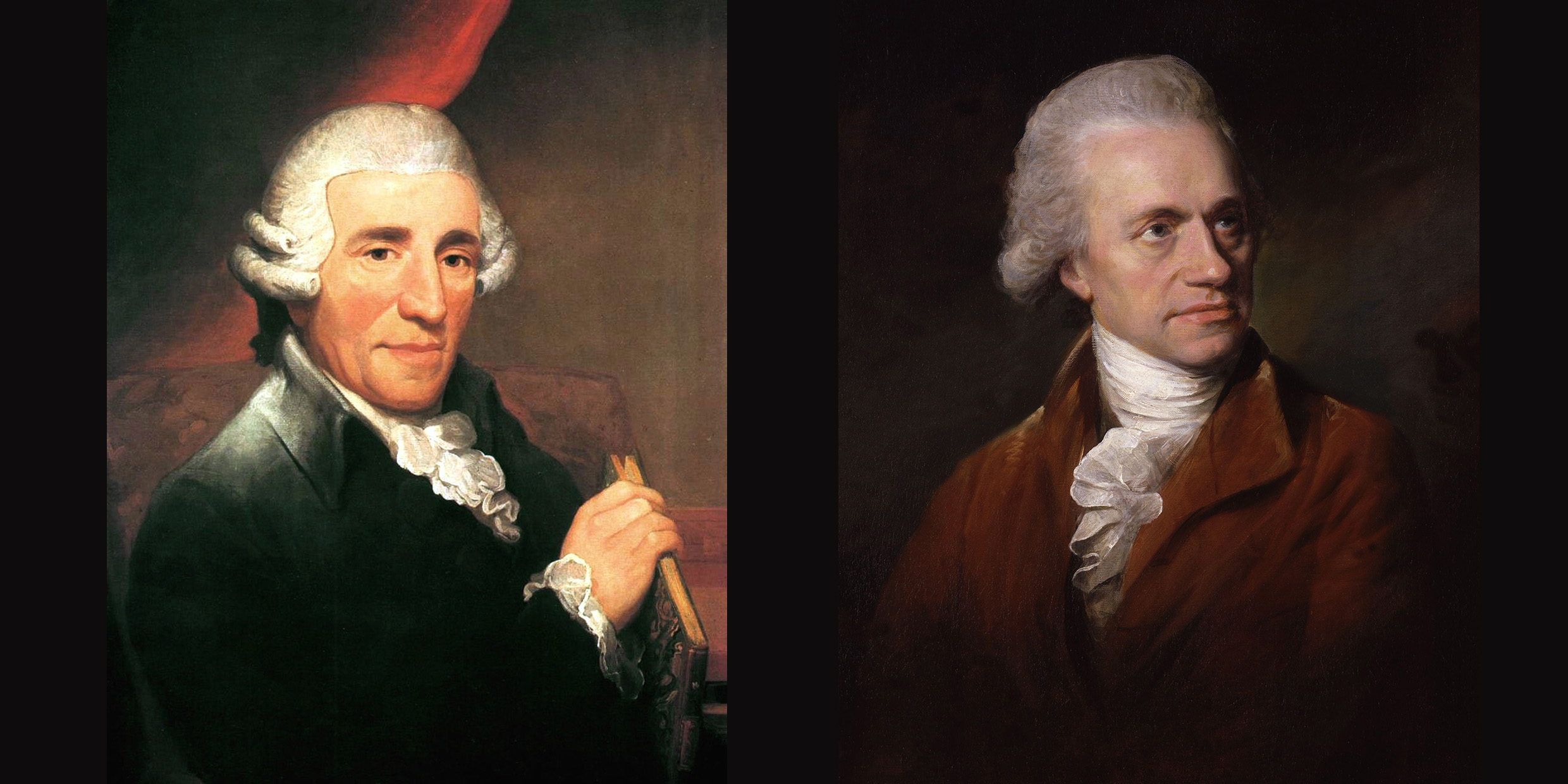Originally published 4 December 1989
Early morning. Coffee simmering. Downstairs the furnace squeaks and rumbles to life, like the tuning-up of a distant orchestra. I settle in an easy chair to read three news stories about the beginning of the world. On the stereo, Joseph Haydn’s Creation oratorio.
Silence. Then, a chord, C‑minor, sombre, out of nowhere. Followed by fragments of music. Clarinet. Oboe. A trumpet note. A stroke of timpani. Chaos. The hushed chorus sings, “And the Spirit of God moved upon the face of the waters. And God said, Let there be light.” Then, the voices whispering, “And there was light.”
A sunburst! A brilliant fortissimo C‑major chord. Radiant. Dispelling darkness.
News story No. 1
A robot satellite is boosted into orbit on a Delta rocket from Vandenberg Air Force Base in California. The Cosmic Background Explorer (COBE) contains the most sensitive detectors ever flown on a space mission. The $250 million robot will scan the sky in search of remnant radiation of the Big Bang, the blaze of light which accompanied the birth of the universe 15 billion years ago. The light is now much cooled and reddened by the outward rush of the universe. To measure it accurately and distinguish it from radiation from other sources requires an array of state-of-the-art instruments, some of them cooled with liquid helium to within 2 degrees Celsius of absolute zero.
The Viennese diplomat Baron Gottfried van Swieten translated into German the English text that Haydn had chosen for his libretto. Van Swieten wrote (perhaps presumptuously) in the margin, “The chorus must sing ‘Let there be light’ once and only once.” The composer took his translator’s advice, and the result is one of the most moving moments in Western music: a whispered evocation followed by a radiant blaze of sound.
Now a bright and lilting melody takes up the story. Musical themes coalesce from chaos. Disorder falls away. The mood of the music changes from grim to gay, and the chorus sings a dancelike tune, “A new-created world springs up at God’s command.”
News story No. 2
Astronomers announce the discovery of the oldest, most faraway object yet found in space, a quasar 14 billion light years away. We see this object as it existed only a billion years after the beginning of the universe.
Quasars are intense light sources that are observed only far from Earth and therefore at remote epochs of time. They are brighter than stars, brighter even than entire galaxies. Their light is believed to come from matter streaming into black holes at the centers of galaxies being born. The new object, the most distant quasar yet observed, suggests that galaxies formed more quickly following the Big Bang than astronomers had previously believed.
The chorus repeats the phrase “A new-created world springs up” again and again. Then the bass intones, “And God made the firmament.” Music leaps and dances into form, thrilling passages of sound. “By sudden fire the sky is inflam’d,” the bass sings. Thunder rolls from the orchestra. Sixteenth notes fill the air like starlight.
On a visit to England in 1792, Haydn sought out the famous astronomer William Herschel, discoverer of the planet Uranus. The composer admired Herschel’s giant telescope, the biggest in the world at that time. He may have listened to the astronomer’s ideas about how gravity condensed the cosmos out of chaos.
News story No. 3
Margaret Geller and John Huchra, two astronomers at the Harvard-Smithsonian Center for Astrophysics in Cambridge, complete the most detailed map yet made of the distribution of galaxies in space. They discover a “Great Wall” of galaxies extending across 500 million light years of space, the largest structure ever observed in the universe.
Stars and galaxies are believed to have been condensed by gravity out of the primeval matter formed by the Big Bang. Variations in the original distribution of matter presumably gave rise to the celestial objects we observe today. But present theories are hard pressed to explain variations that could account for “clumpiness” on the scale of the Great Wall. Perhaps there is more to the story than gravity. “My view is it’s something really missing, something we don’t understand which is deep,” says astronomer Geller.
The orchestra ascends a crescendo of luminous sound. “In splendor bright is rising now the sun,” the tenor sings. “The space immense of th’ azure sky, a countless host of radiant orbs adorns.”
The view of deep space through William Herschel’s telescope may have inspired Haydn’s musical depiction of the work of the Fourth Day, the creation of the sun, moon and stars. Herschel was himself an accomplished musician and a subscriber to the first printing of Haydn’s oratorio. Haydn was sufficiently interested in astronomy to go out of his way to hear the astronomer’s ideas about gravity and the creation of stars and nebulas. Both men, with their separate instruments and complementary ways, gave lasting expression to “space immense.”



